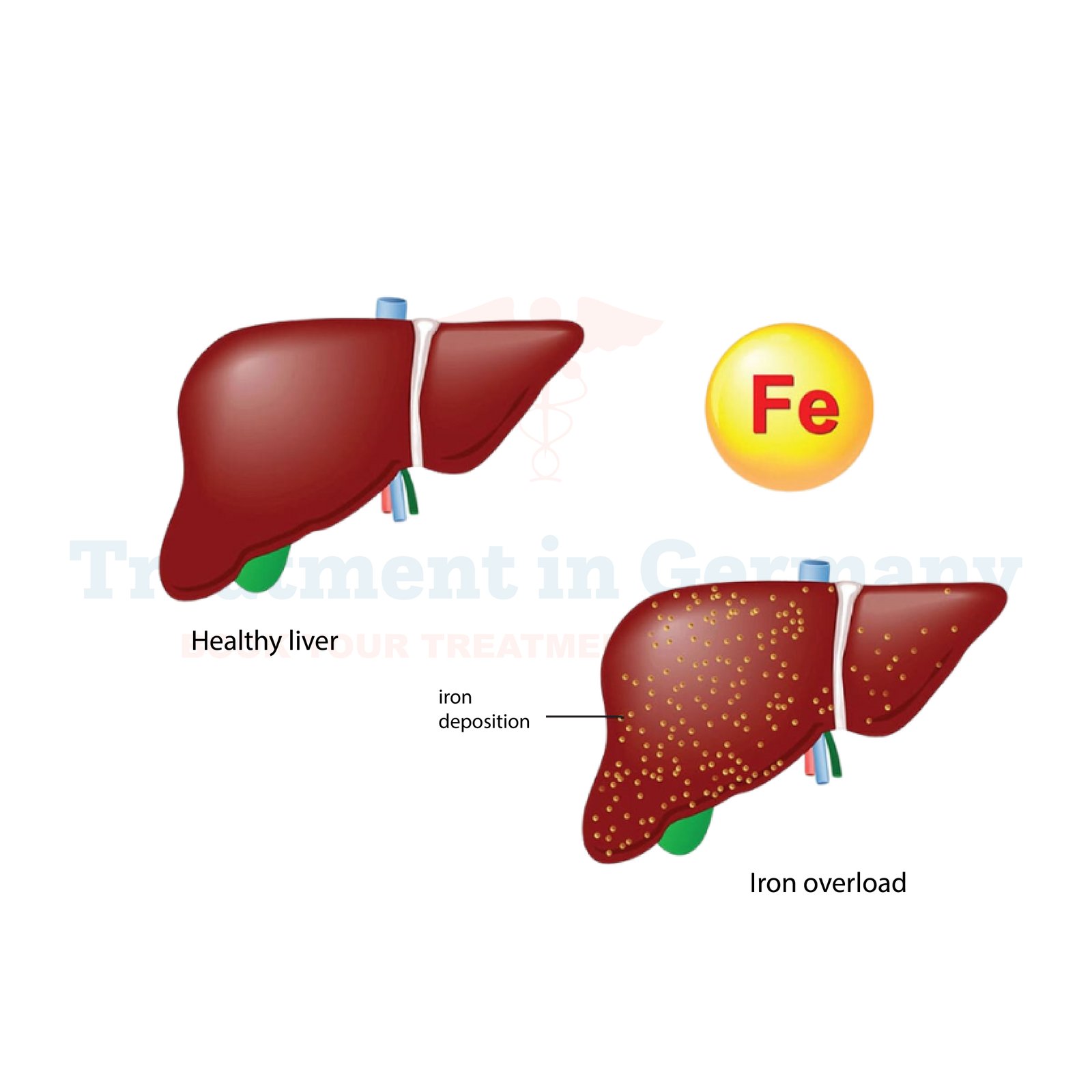What is Hemochromatosis?
Hemochromatosis is a genetic disorder characterized by excessive absorption of dietary iron by the body. Normally, the body regulates iron levels efficiently, but in individuals with hemochromatosis,
This regulation mechanism is impaired. As a result, iron accumulates in various organs such as the liver, pancreas, heart, and joints, leading to potentially serious health complications.
Side Effects of Hemochromatosis:
The excessive buildup of iron can cause a range of symptoms and complications, including fatigue, joint pain, abdominal pain, weakness, and skin discoloration (bronze or gray).
Over time, untreated hemochromatosis can lead to more severe issues such as liver cirrhosis, diabetes, heart disease, and arthritis. Understanding and recognizing these symptoms is crucial for early detection and treatment.
How is Hemochromatosis Diagnosed?
Diagnosing hemochromatosis typically involves a combination of medical history assessment, physical examination, and laboratory tests. Blood tests to measure serum iron levels, transferrin saturation, and serum ferritin levels are commonly used to screen for the disorder.
Genetic testing may also be recommended to identify specific mutations associated with hereditary hemochromatosis. In some cases, imaging tests like MRI or liver biopsy may be performed to assess the extent of iron overload in the body.
Potential Treatments of Hemochromatosis:
Treatment for hemochromatosis aims to reduce iron levels in the body and prevent further complications. In the early stages, this often involves therapeutic phlebotomy, a procedure similar to blood donation,
which removes excess iron-rich blood from the body. The frequency of phlebotomy sessions may vary depending on individual factors such as the severity of iron overload and response to treatment.
👉 Contact us for further information and receive acomplimentary consultation.

.webp)
.webp)
 (1).webp)
 (1).webp)

.webp)
.webp)
 (1).webp)
 (1).webp)
